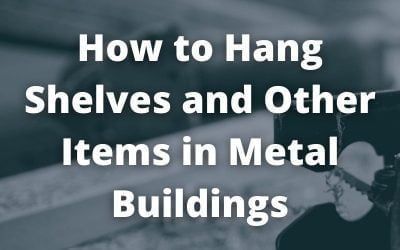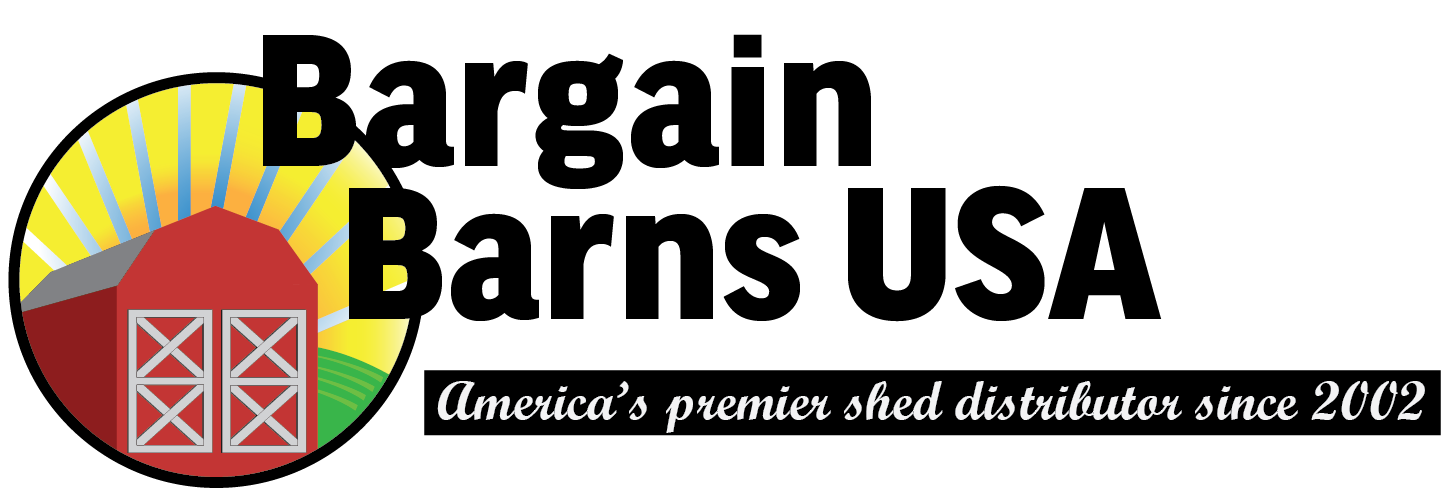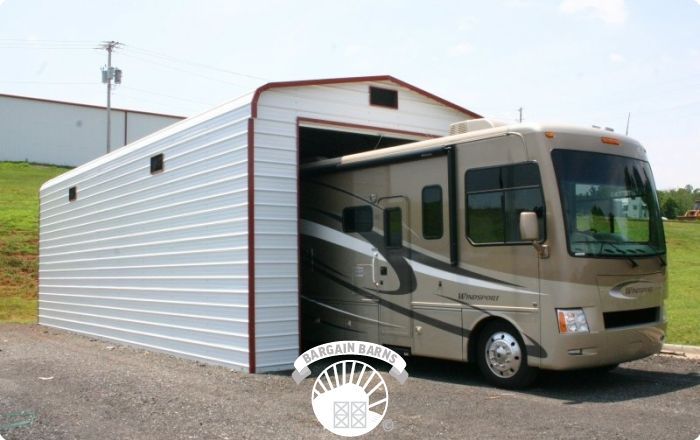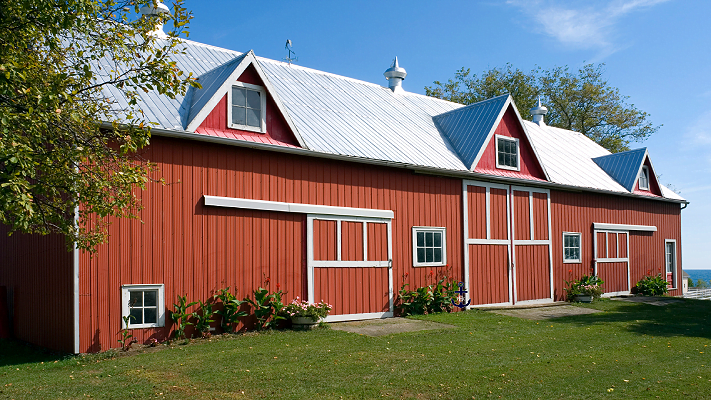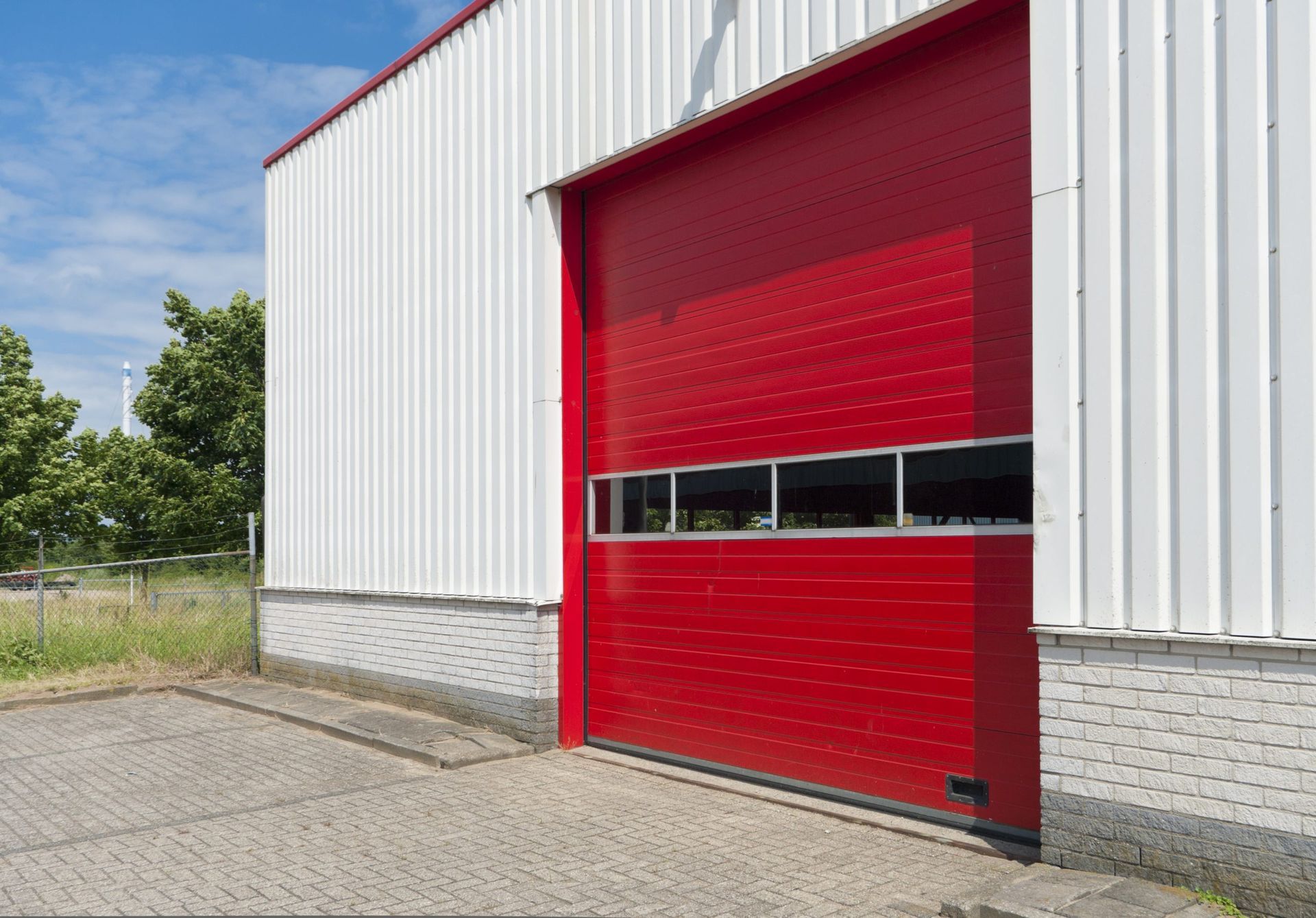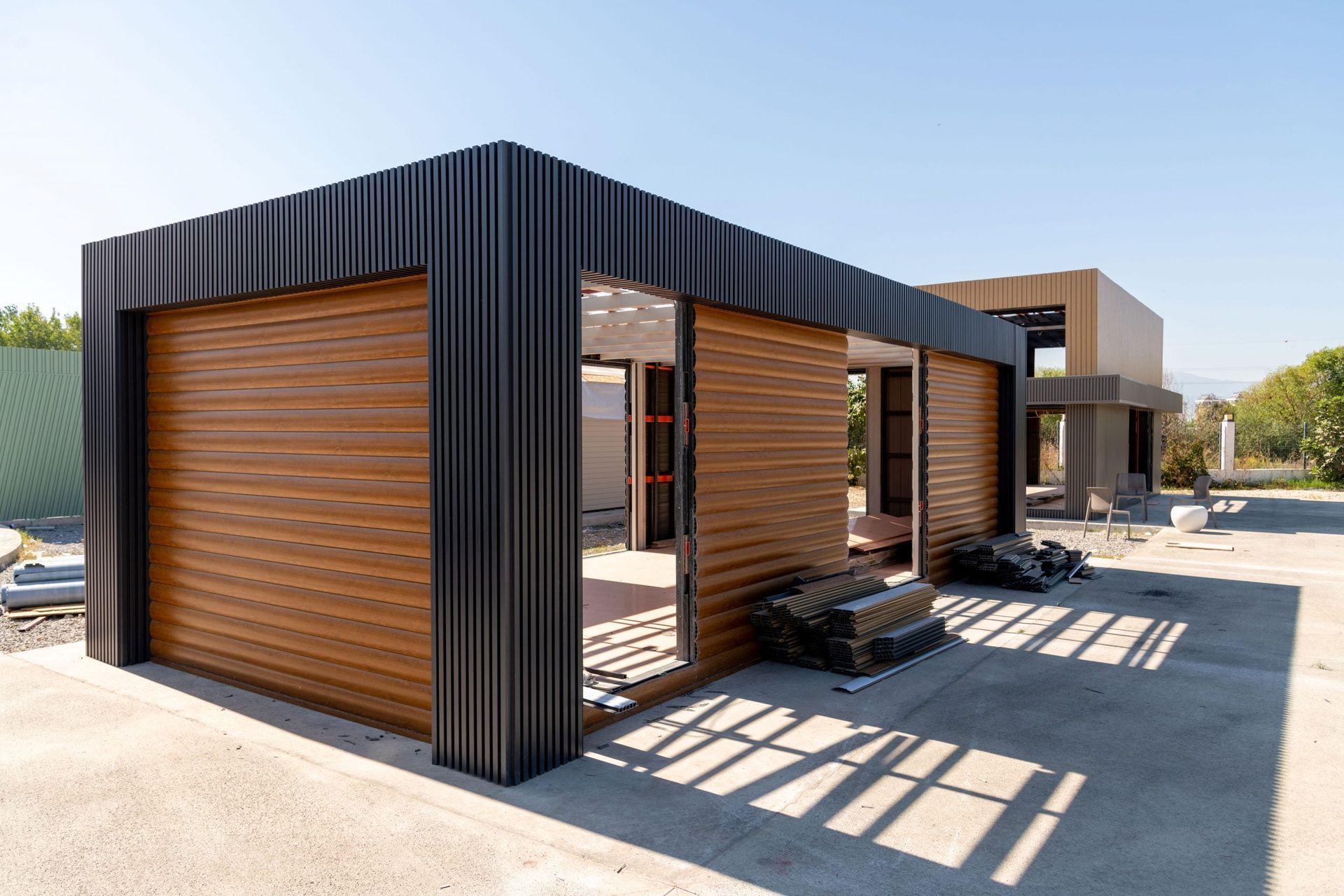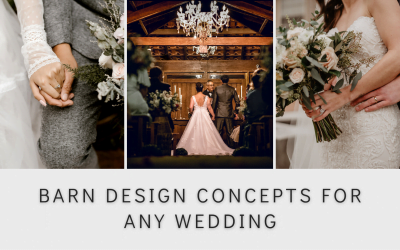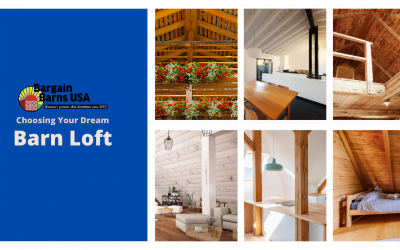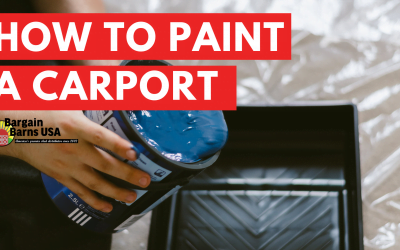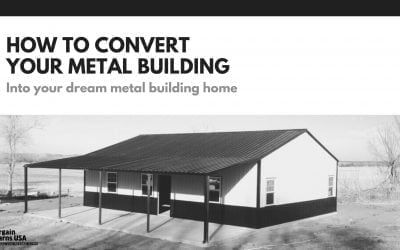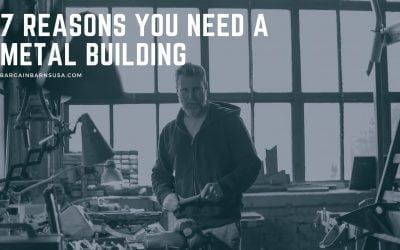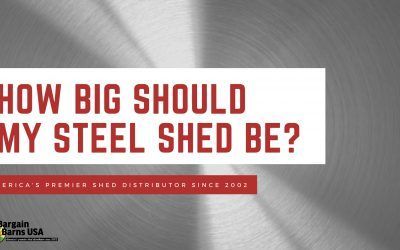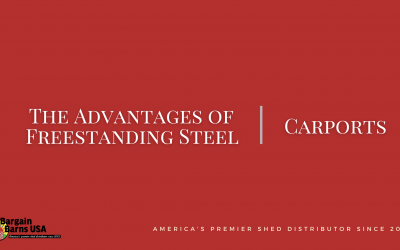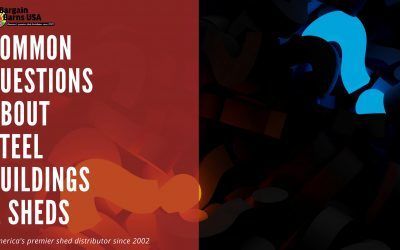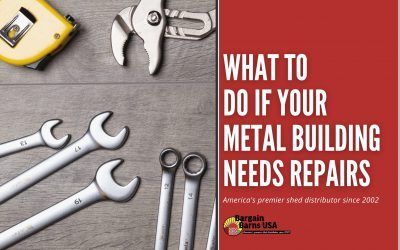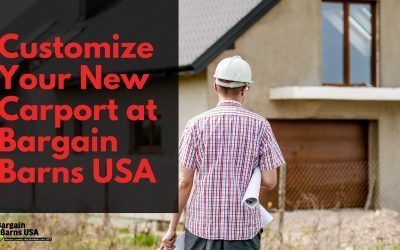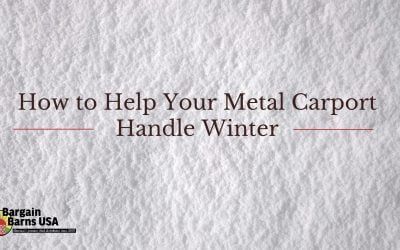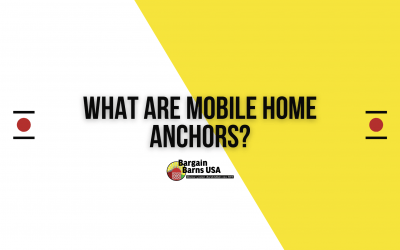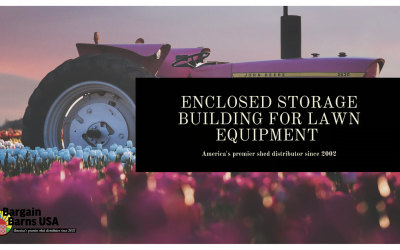Blog
DO YOU HAVE QUESTIONS OR ARE YOU READY TO ORDER? CONTACT BARGAIN BARNS USA!
Call (888) 607-4060. We will answer your questions & help you select an affordable, quality steel product.
Bargain Barns Blog
At Bargain Barns USA, we specialize in providing high-quality metal buildings, barns, carports, and more. Our blog offers valuable tips and tricks for building, maintaining, and customizing metal structures to suit your needs. Whether you're looking for guidance on installation, upkeep, or enhancing the durability of your metal buildings, our blog is here to help you get the most out of your investment. If you have any questions, you can contact us anytime and we will be happy to help. You can also connect with us on our Facebook page.
